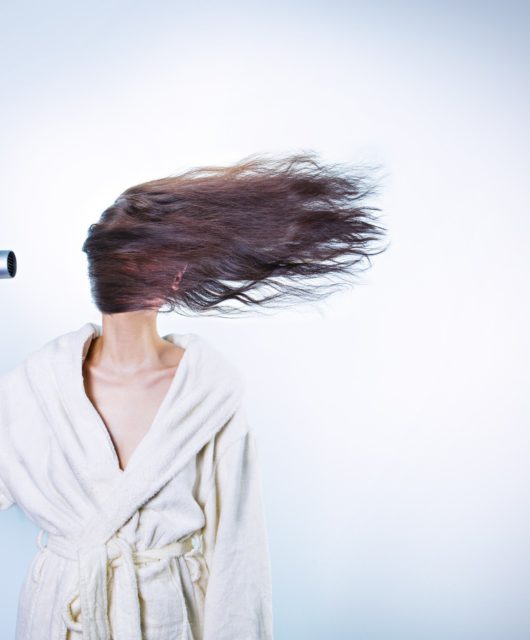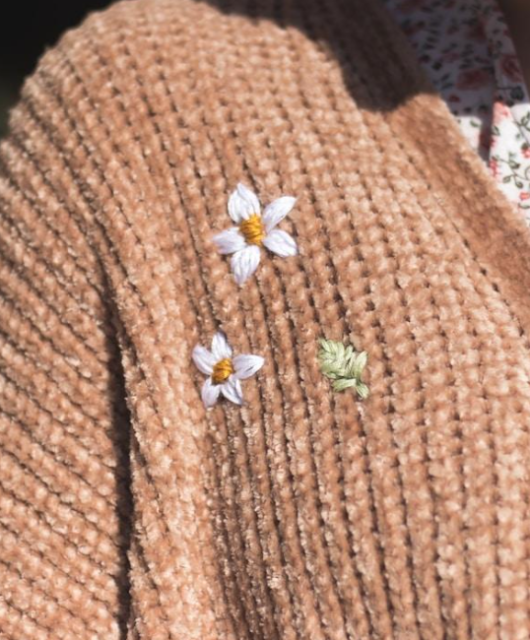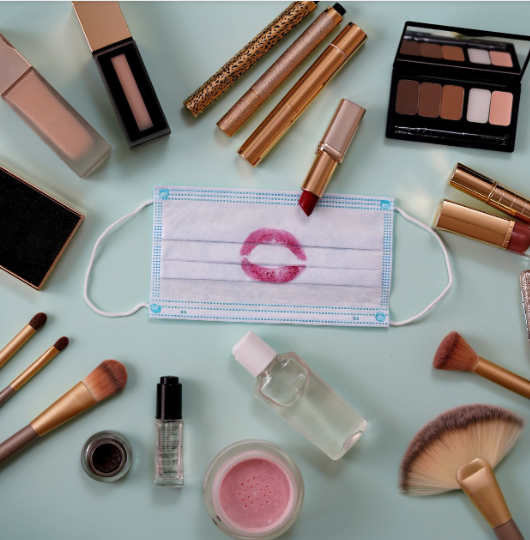How to choose the right makeup products?
 Minutes.
Minutes.
That’s all it takes for people to form their first impression of you, and that impression can make or break your chances in both the business world and the dating world—and we’re here to ensure that it doesn’t break you.
We’re talking about makeup. Yes, makeup is crucial. Makeup with the right makeup products like organic cleansing water can help boost your confidence, create illusions of flawless skin, and give you that extra glow you crave before heading out for the day.
Sometimes, though, choosing the right makeup can be just as hard as choosing the right outfit—so we’re here to help you navigate the many options available to you.
1. Know your skin type
Knowing your skin type is important for so many reasons. It helps you understand why some products work well for you and others don’t. It also helps you figure out what ingredients to look for when shopping for new makeup and skincare products.
There are a few ways that you can determine your skin type:
The first is to wash your face with a gentle cleanser. After waiting 30 minutes, take a clean piece of tissue paper and dab it on your forehead, nose, cheeks, and chin. If the paper only has some oil or hard-to-remove residue, then you have normal skin.
If the paper has no oil on it at all, then your skin is dry or dehydrated (a common misconception people make). If there are blotches of oil all over the paper, then you probably have oily skin. Lastly, if there are both oil and flaky areas on the tissue paper, then you have combination skin (the most common).
Another way to determine this is by looking in the mirror after washing your face in the morning before applying any products. What does your complexion look like? Does it have an oily shine? Is it dry with small flakes? Or does it look generally healthy? Examine closely and make an educated guess about what category best fits your complexion description.
It will also be helpful to learn about different makeup product types and their benefits so that when shopping for new items, you can select things based on what will work best with your personal complexion needs!
2. Know your undertone
The first step to choosing the right makeup products is to know your undertone. The undertone of your skin influences what colors suit you best, for both makeup and clothing.
Undertones are the tones underneath the surface of your skin that affect the overall color of your complexion. Some people have a cool undertone with pink, red, or bluish undertones, others have a warm undertone with yellow, peach, or golden undertones, and some have a neutral undertone with a mix of both.
The best way to tell which one you are by looking at the veins on the inside of your wrist. If they’re blue or purple, then you most likely have cool undertones, and if they’re green, then you probably have warm undertones. If they look like a mix between blue and green, then you most likely have neutral undertones.
3. Select colors that complement your skin tone
The first step to selecting the right colors for you is figuring out what your skin tone is. The simplest way to do this is by looking at the color of your veins. If they’re blue or purple, you have cool undertones. If they’re green, you have warm undertones. If they’re a mix of both, you have neutral undertones.
Once you know what undertone you are, it’s easy to select colors that will look best on your skin. No matter what the season, there are certain shades that always flatter each kind of undertone:
- Cool tones look best with colors like red lipstick and blush.
- Warm tones look best with colors like bronze eyeshadow and blush in earth tones.
- Neutral tones can wear pretty much everything!
If you end up picking makeup products in colors that clash with your under skin tone, it will be obvious (read: unflattering). For example, if I wear peachy pink blush (a color meant for warm or neutral undertones) when my undertone is cool—I end up looking like I took a face plant into a plate of salmon mousse and didn’t stop to wipe off the evidence before going out into public.
4. Find a primer that fights fine lines and wrinkles
A primer is a base for your foundation that smooths out the skin to create an even canvas and helps makeup stay put all day. Look for a primer that contains vitamin A, which will help minimize the appearance of fine lines, wrinkles, and pores. Vitamin C is another good ingredient to look for—it brightens your complexion and fights free radicals.
Once you’ve got the right primer, apply it by dabbing it on with your fingers or with a sponge or brush before you do anything else. Then let it set for about five minutes before you start applying the foundation. That way, you’ll get an even application, and all your hard work won’t end up in one giant blob by the end of the day!
5. Be wary of cheap products
You want to invest in the best products you can find. Your skin deserves it, and so do you. Cheap makeup can be very harmful and not worth the money. When shopping for makeup, check out what goes into the products you are buying.
Try to minimize the amount of chemicals in the ingredients list and look for good quality ingredients like natural oils and minerals. The more toxic a product is, the higher chance your skin will have an adverse reaction to it, causing irritation or even worse conditions. Make sure that you take time to research reviews for different products before purchasing them; always buy from brands with a good reputation as well!









